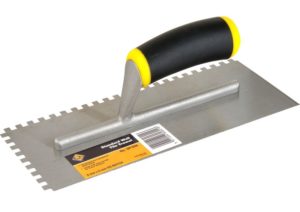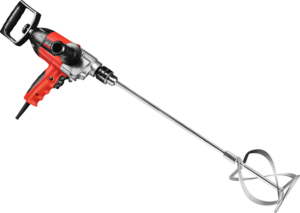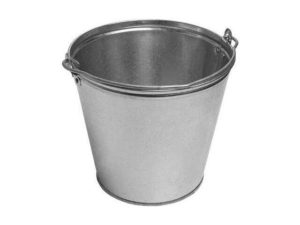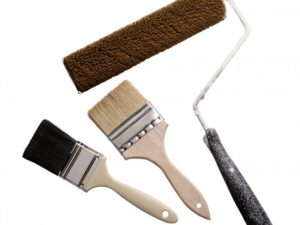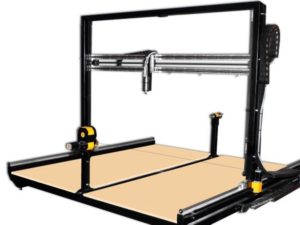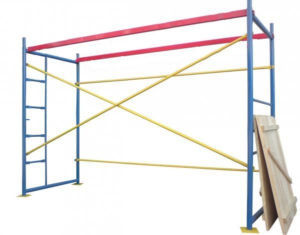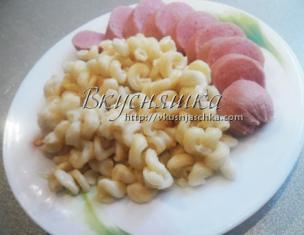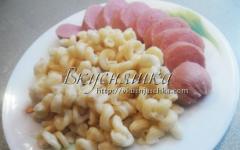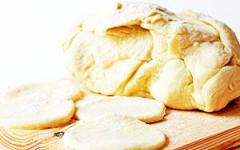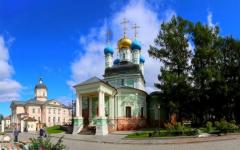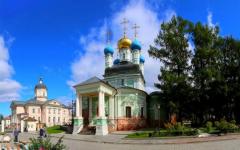One of the most common trends in home design today is home exterior design. Specialists prefer to design facades, photos of which can be found in the section, only from the most modern and quality materials, which corresponds to the main purpose of this housing design option.
It should be noted that directly under the facade it is customary to mean the outer shell of a private house or cottage, which has certain functions. Of course, the facade is used to stylishly design the appearance of the structure, as well as to fit it favorably into the design of the surrounding area. Well thought out and really high quality facade design country houses makes it possible to form a first impression of the building, as well as directly about the taste of the owners themselves.
No less important are the quality characteristics of this option for finishing the exterior of the building. In addition to its decorative purpose, such design is also used to preserve the integrity of the structure, since it can be disrupted by the action of weather and other factors. Well thought out house facade design photo which its main elements show, is a kind of shell of this structure, which is used to protect it from destruction, which makes it possible to carry out repair work in such houses quite rarely.
The modern field of exterior design offers a large number of options for how exactly you can decorate the outside of the house. There are many varieties stylistic decisions, which can be used for this purpose - the choice of the most suitable one depends on the interior decor of the home and, of course, on the personal preferences of the owners. In addition, the selection features optimal option finishing is influenced by the location of the house, as well as the design features of its surrounding area.
Choosing the color scheme for the facade design of a private house
Despite the nuances of the definition presented above the best option finishing the external part of the building, private house facade design has its own characteristic elements. First of all, it involves choosing a certain color range, in which all its details will be made. It is worth noting that here the range of acceptable color schemes is less wide than in the typical interior design. Often the facade is created in natural shades of wood, as well as in the colors that are found in nature. It could be gray and brown colors, and pastel shades. This choice is directly related to the fact that the house is being built in an open area surrounded by a natural landscape, so any such building must be harmoniously combined with the conditions of the area where it is located.
Despite a certain restraint in its decor, the facade can be designed based on a combination of contrasting colors, which looks impressive and stylish. For example, there are often houses whose exterior decoration has two primary colors - it can be a milky shade and a dark tone natural wood. Fashionable facade design country house photo which indicates the main trends in such decoration, also allows for the use of three color options in the decor, which are usually represented by elements of a pastel palette, an earthy finish, as well as a more saturated wood color. This approach makes it possible to visually divide the structure into tiers and highlight interesting structural features of the building.
House facade design photo: main finishing elements
To understand all aspects of finishing the facade of a house, it is important to consider the key details in the design of such a structure. Firstly, experts pay sufficient attention to finishing the outer part of the walls - this is due not only to its decorative purpose, but also to the proper quality of protecting the house from weather conditions. It is for this reason that walls are usually covered with exclusively environmentally friendly materials, which extend the service life of this facade option, as well as providing an appropriate microclimate inside the building. A wide selection of materials for cladding a house allows you to use natural wood beams, stone, as well as special tiles for external work in the design of facades. Often, the external surfaces of a house are painted with durable paints, which can also be combined with the use of other options for facing materials in the design of a single structure.
Traditional for such a direction in decoration as house facade design photo which are present in the corresponding category, the portal, found in the architecture of many buildings, is replaced in a private house with a veranda. Such an element of the structure is often decorated with pediments, columns with porticoes, and can also be a small extension or made in the form of a recess, as suggested by the interiors of a veranda in a hotel, for example.
Specialists in the field of arrangement of house facades pay sufficient attention to the decorative design of windows and doors. They often stand out against the general background of the walls due to their contrasting finish. Window and door openings can be specially painted in light colors if the entire facade is done in dark colors. In the case when the structure is faced with tiles or stone in light colors, the structures presented here are made in rich colors dark colors. There are also examples of houses that organically fit into the overall style of the facade and do not stand out against its background, which is provided for by the corresponding design idea. The decor of the foundation differs from general design facade with materials used in decoration, as well as its color scheme.
The decorative elements of the building's facade demonstrate Baroque style motifs.
Various decoration elements are used by designers to express a particular idea and emphasize a style direction. Each period of human history was marked by a certain approach to decorating houses. Back in the days Ancient Egypt And Ancient Sumer temple and palace buildings had pillars-columns with stucco elements and paintings supporting the roof. The culture of Ancient Asia also used a variety of wall decor elements. In the process of state formation Ancient Greece and the annexation of various territories with peoples possessing certain architectural skills, an order system was developed, which later became the basis for many European styles. Stucco elements in different stylistic directions were modified, supplemented, acquired new features and forms, however, their basis, which was a sign of the basic style, did not change. If you are planning to give your home a classic look, you need to decorate it with stucco elements. At the same time, the appearance of this decor will speak about your commitment to a particular historical period in architecture.

The decorative elements of the facade indicate the classic style of the house.
There are various architectural elements of a building, many of which we have already considered, such as columns, porticos, pediments, portals. Let's consider another important architectural element - the apse, used in the most different styles. The apse is a protrusion of the facade that has roof covering. The first apses appeared in ancient Roman temples and baths. Most often at that time, this important architectural element had a semicircular shape and was covered with a semi-dome. In the Romanesque style, the apse was decorated with “blind” arches, often arranged in several tiers. In Christian churches of the Renaissance, Classicism, and Baroque, the apse acquired a rectangular, three-, five-, or multifaceted shape with a number of decorative false arches on columns - this is how they were built in Northern Italy, Syria; such arches were erected on pedestals in Russia and Transcaucasia. In the Caucasus regions, apses were made triangular. IN modern construction apses would be appropriate in buildings built in the Romanesque style, reminiscent of medieval castles. They are also suitable for the Baroque style, creating a smooth façade. Asps can be decorated with stucco elements, inlays, paintings, and mosaics.
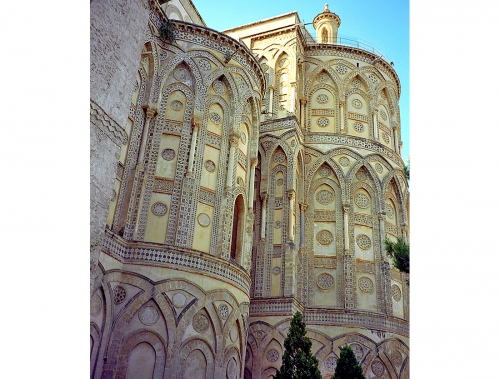
The apse of the cathedral with false arches and decoration in oriental style. Montreal.
In modern private houses, the apse emphasizes the style direction, supports it, and gives the facade plasticity.

Lunettes can become an important architectural element of a building that shapes the style of the facade. This term refers to a part of a wall that is a segment of a circle, bounded at the top by an arch and at the bottom by a horizontal platband. Lunettes can be through with windows and blind, with unfilled space, or decorated with stucco elements, paintings, and mosaics. Classic lunettes were decorated with stone projections of various profiles. In the Gothic era, this architectural element of the building was distinguished by its complex volumetric relief, stucco molding, and spiers. Often the field of the lunette was filled with colored stained glass mosaics. Baroque lunettes were distinguished by rich paintings or bas-reliefs.

Design of the lunette of the Church of Sant'Eustorgio. Milan.

Lunettes on the wall and pediment of the building with classical motifs.
The classical style provides for the completeness of buildings, which was expressed through various elements intended to indicate boundaries architectural parts façade structures. For example, the architectural element of the building - acroterions - were installed on the sides of the pediment on pedestals or they were used to decorate doorways. In Ancient Greece, these architectural elements were built on temple buildings (temple of Athena on the island of Aegina; temple of Nemesis in Attica). The earliest include images of a lyre, a vulture, later there were palmettes, climbing vines, volutes, and sculptures. This stucco element underwent various changes during the Renaissance; it was often used as a decorative element on walls and on the corners of buildings.
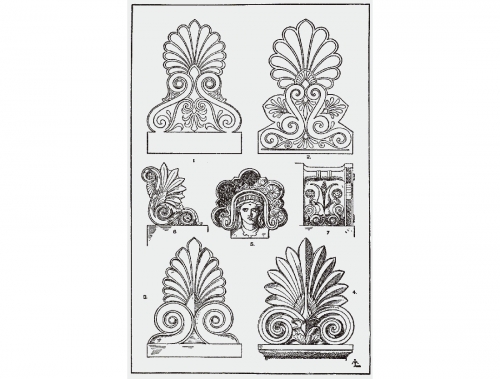
Variants of stucco molding of acroterions.
Architectural elements of wall decor from antiquity and archaic times were carved from stone, mainly marble. There were also stucco elements made of granite, tuff, and sandstone. During the Roman Empire, decorative elements began to be created from concrete. In some regions, architectural elements of buildings were made of wood: famous structures in South Asia are known to be created from durable wood. In recent decades, after many years of fashion for constructivism and minimalism, stucco elements decorating facades have become fashionable again in buildings for private or public use. Appearance artificial materials- polymers - simplified and accelerated the creation of decor different types difficulties. Polyurethane decorative elements are lightweight, easy to install, and do not require the participation of highly professional sculptors, which significantly reduces the cost of the facade.
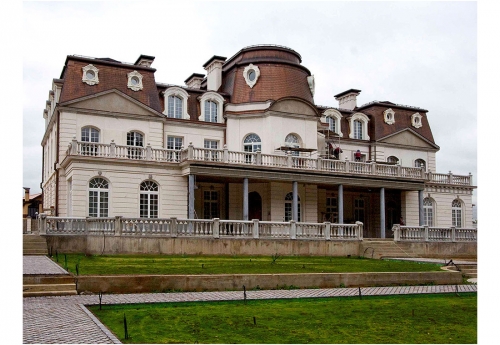
Polyurethane decorative elements for walls and roofs help create the image of a modern house in the Baroque style.
Basic architectural elements are an important component of facades created in a historical style. Now it is possible to decorate the facades of buildings with polyurethane products, selecting them from the catalog on the website, or making an individual order. The most important architectural elements of the building will make the building special, memorable, and stand out from the surrounding buildings. Many of them are presented in the Glossary of Terms section. Here you can find the definition of a particular element, its description and application.
The use of decorative elements on walls and windows can transform the appearance of any building for the better. Columns, keystones, arches, stucco molding and consoles allow you to hide various shortcomings and increase attention to the advantages of the building. The main thing is to place everything correctly. If you are planning to build a complex Vacation home, but a real cottage, an estate - you need to gain basic knowledge of what architectural elements of the building’s facade exist, what they are made of and how they are installed. You can find all this here.
Architectural elements of facade walls
First, let's look at those decorative elements of the facade that are not located on window openings, but simply on the walls. Most of them are shown in the images above and below.
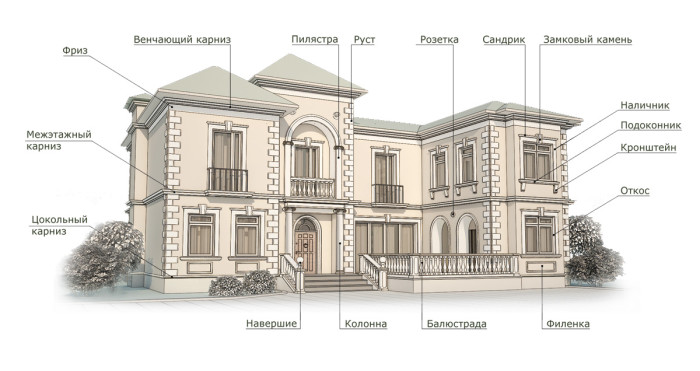
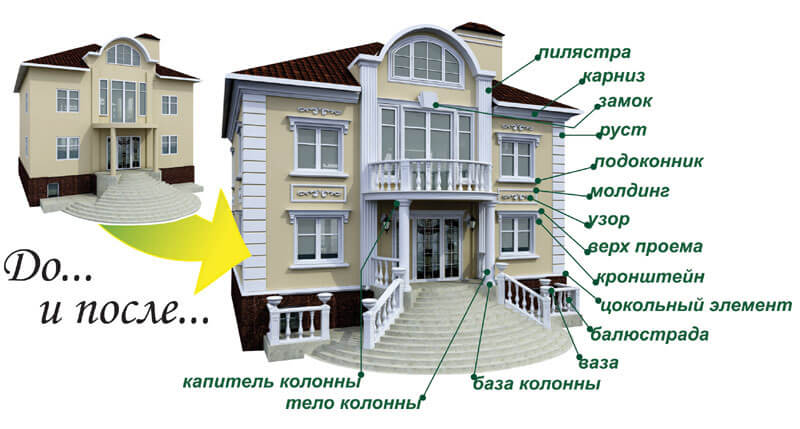
Cornice– protruding element. As a rule, it stretches along the entire wall and visually separates it and the roof, or breaks the plane of the wall itself into several separate zones. Depending on its location, the cornice can be roof, interfloor and basement.

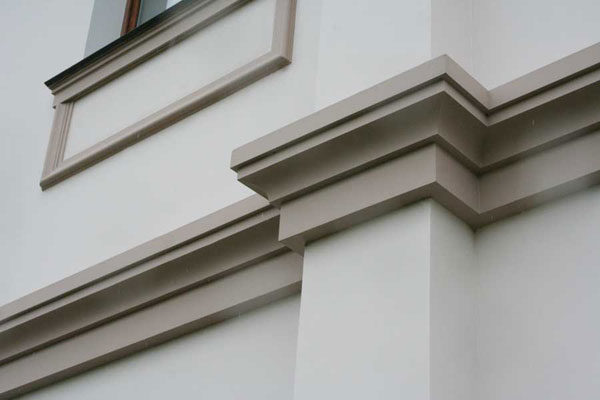
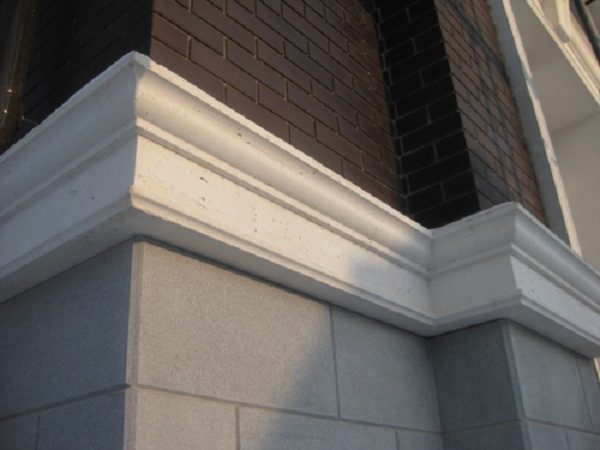
Rust– rectangular overlays at the corners of the walls, also known as bassage. As a rule, they alternate in size and have small indentations between each other. Also called rustication is the external decoration of the facade with rectangular stone slabs, the outer part of which remains rough.
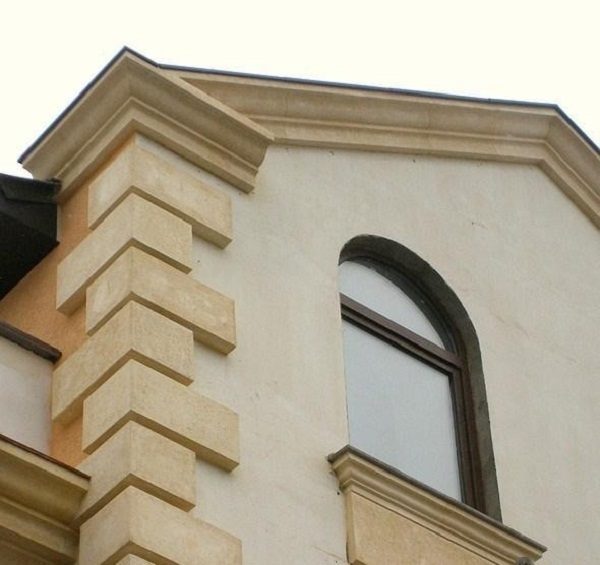
– a round decorative element on the wall, equipped with a three-dimensional pattern with patterns. As a rule, it is installed above the entrance to the building or in the center of the pediment.

Fresco- a color image applied to the wall using plaster or other materials. When creating such decorative elements, great attention must be paid to resistance to external influences.

Bas-relief- a three-dimensional image protruding half from the wall. One of the most ancient architectural elements of the facade and at the same time the most complex. Has a subspecies called high relief– in it, individual parts of the picture can protrude from the wall by more than 50%. Both elements and other similar wall decorations are generally called stucco.


– a through or blind opening with a semicircular top. Most often used for framing front door or large windows. Often complemented by its own decorative elements.

Panel– a rectangular extended or recessed frame of a decorative element, for example, a rosette. Sometimes there are panels of other shapes, as well as those that do not have any decorations inside.
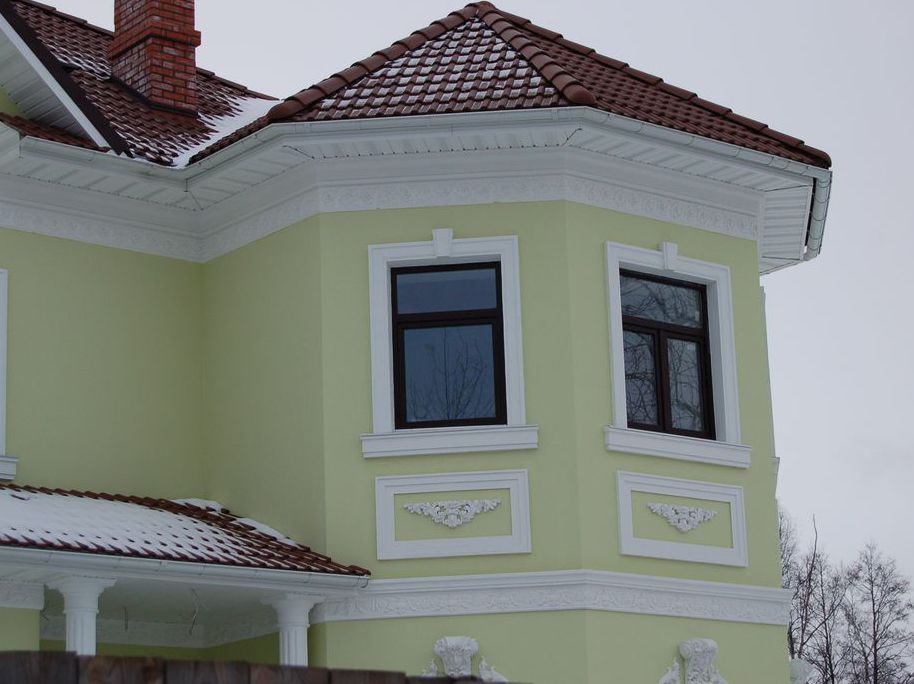
Frieze- a rectangular strip framing a certain part of the facade. Often located next to the cornice (this sometimes causes confusion in terms).

Entablature - the upper horizontal part of the structure
Console- a support protruding from the wall, fixed at only one end. As a rule, it is used to support balconies, cornices and other relatively heavy objects that extend far beyond the plane of the facade. The cornice is not only a load-bearing element, but also a decorative element - it is decorated with stucco molding, patterns and high reliefs.

– fencing for a balcony, terrace or staircase, made of baluster(curly columns complex shape). The top is complemented by railings, and in some cases, by vases located on the tables.
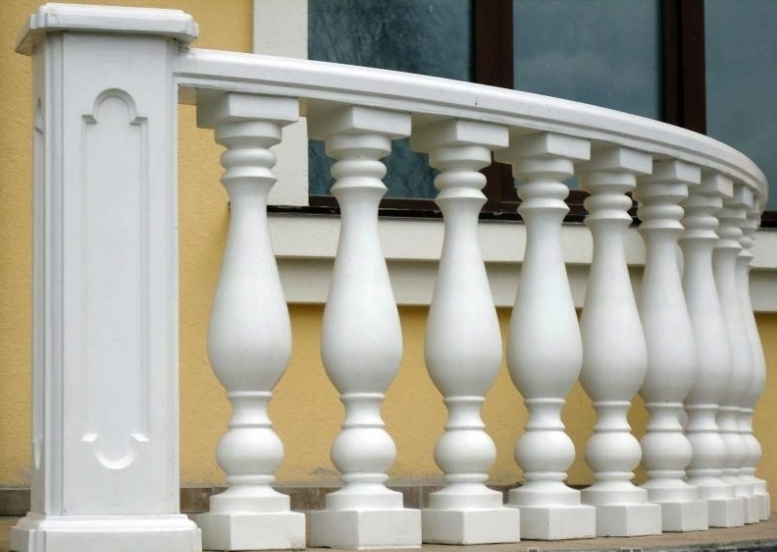
Column and its components
Separately, it is worth highlighting such an architectural element of the building as Column. This is a round pillar or rectangular section, used as both a load-bearing part and decoration appearance facade. Made from stone, wood, metal and others building materials. Conventionally, the column can be divided into three parts.
- Base– lower base of the column. As a rule, its diameter is larger than that of the main part of a given architectural element. The base of the column must be very strong, since a significant mass presses on it.
- Column trunk or body- the main part of the architectural element. As mentioned above, it has a square or round cross-section. Sometimes the column trunk tapers towards its upper part. The body can be either smooth or textured - with horizontal and vertical grooves.
- Capital– the upper part of the column is usually larger than its main part. Evenly distributes the load on the barrel from the supported structure. The capital is equipped with stucco molding and console patterns.
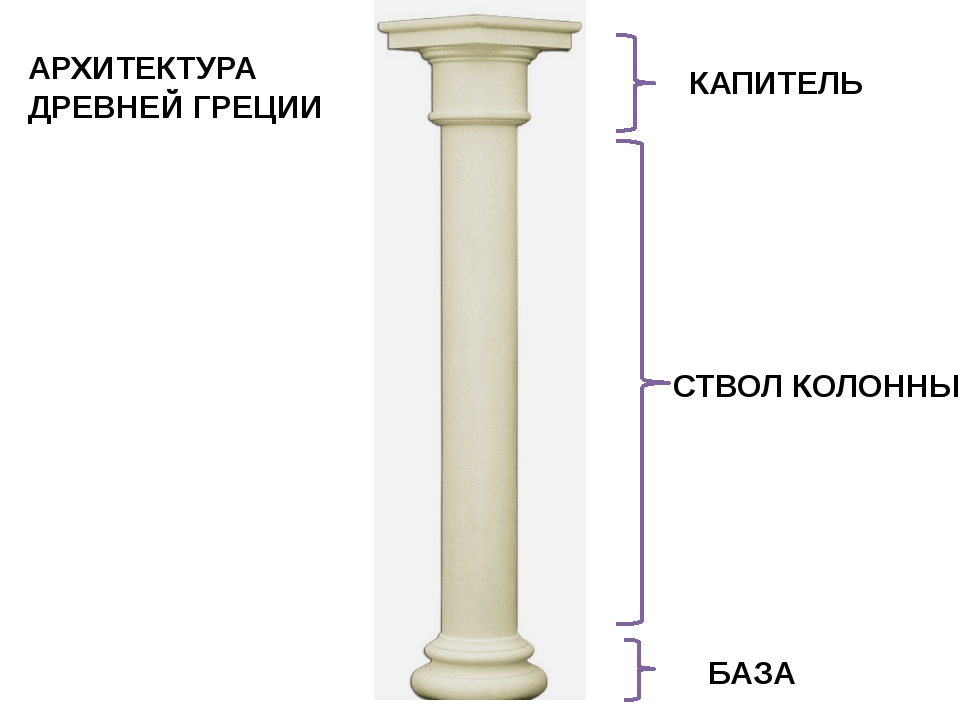

It is also worth noting two subtypes of columns - half column and pilaster. The first is an architectural element in the form of a round or square column, protruding from the wall by 50-75%. As a rule, it is installed at doorways and more often serves not as a structural, but as a decorative element. A pilaster is a small vertical protrusion, reminiscent of a column in its shape and structure. Performs a purely decorative function.
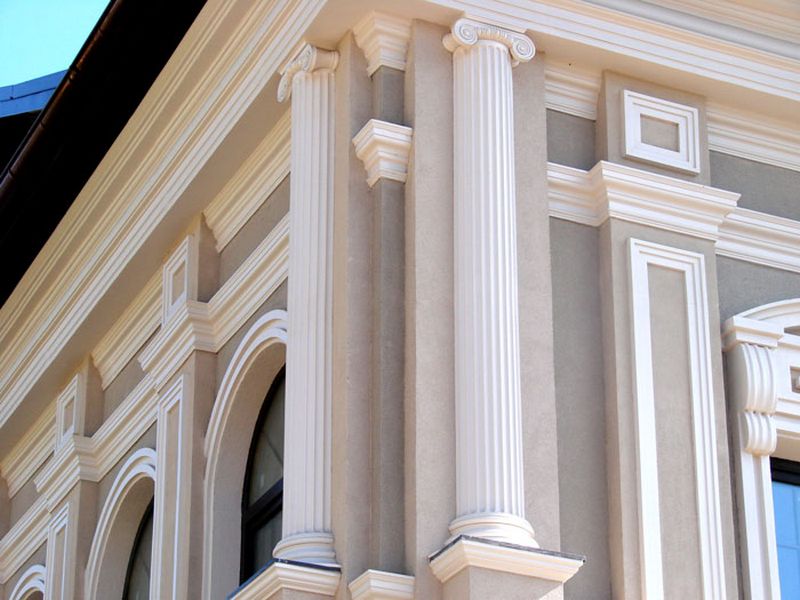
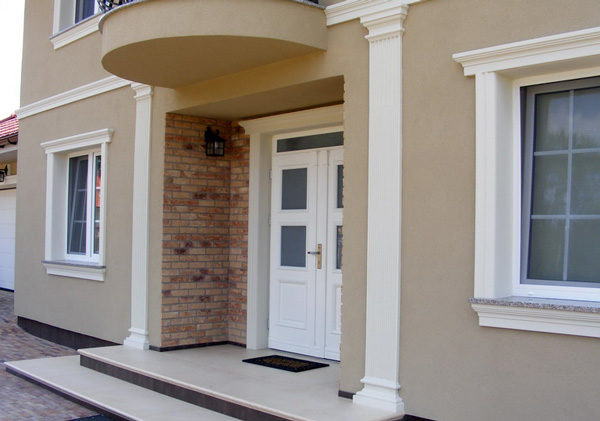
Architectural elements of window and door openings
Let's move on to another very important part of the facade - window and doorways. Let's look at the main decorative elements used to frame and decorate them.
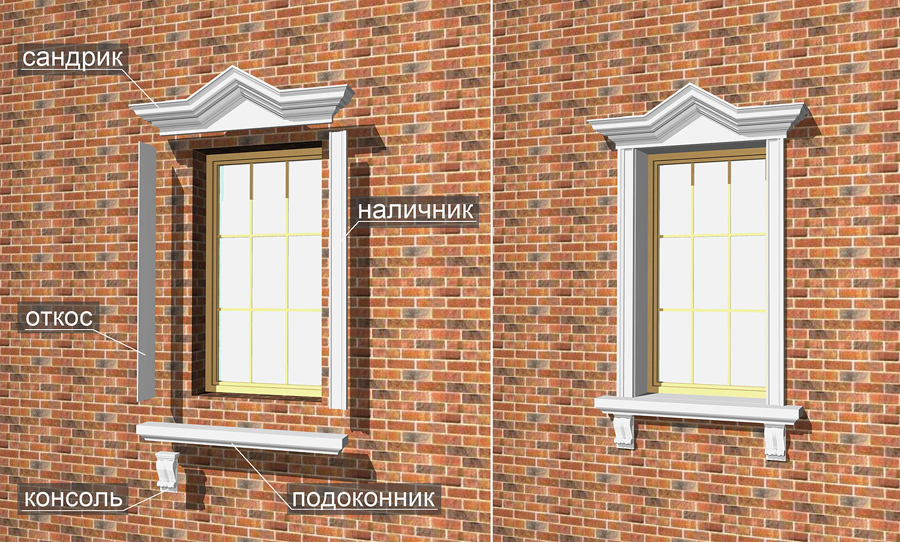
Sandrik– a small cornice, often rectangular shape and with a pediment located above the window, door and niche. It is supplied with stucco molding, patterns and other decorative elements. In addition to the function of decorating the facade, sandrik covers window panes from rain.
Keystone– a wedge-shaped decorative element located in the middle of the cornice or sandrik of a window opening or arch.
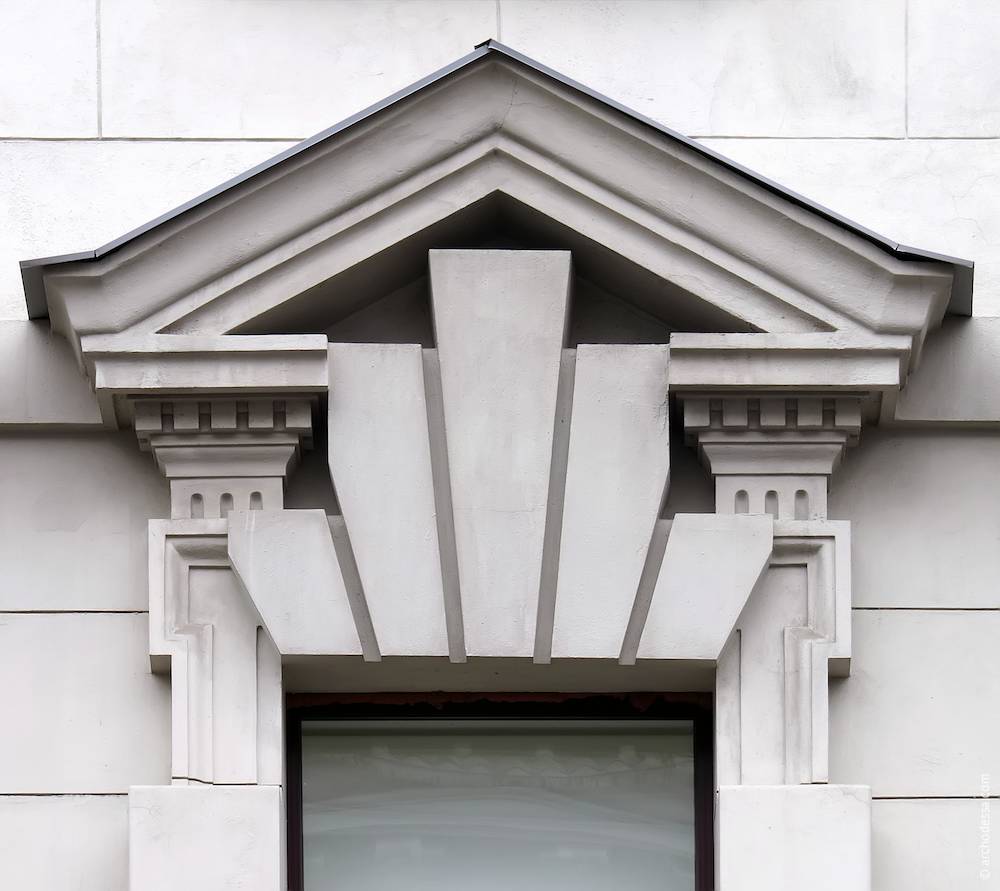
Platbands– strips installed along the edges of the window opening and oriented vertically. Decorated with molded details and carvings. Are being supplemented slopes– metal or other surfaces decorating the window opening along its inner part.
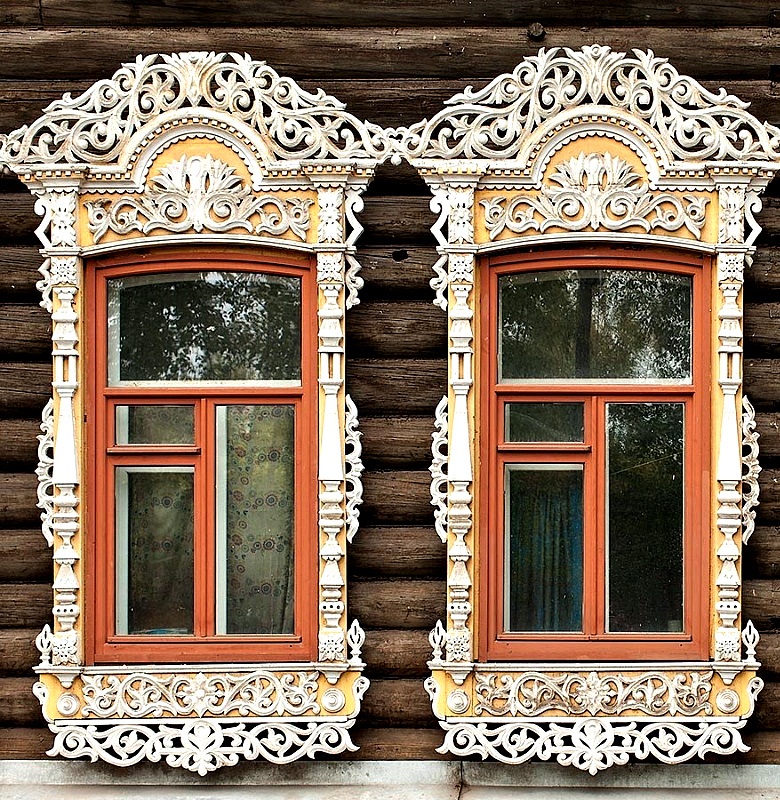
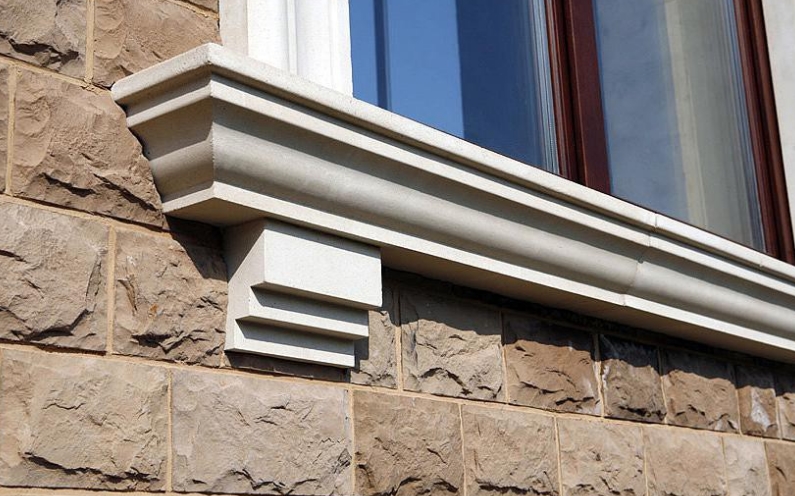
- the plane of the pediment above the window and under the arch opening framing it. Decorated with stucco, rosettes, patterns, bas-reliefs, and sometimes frescoes.
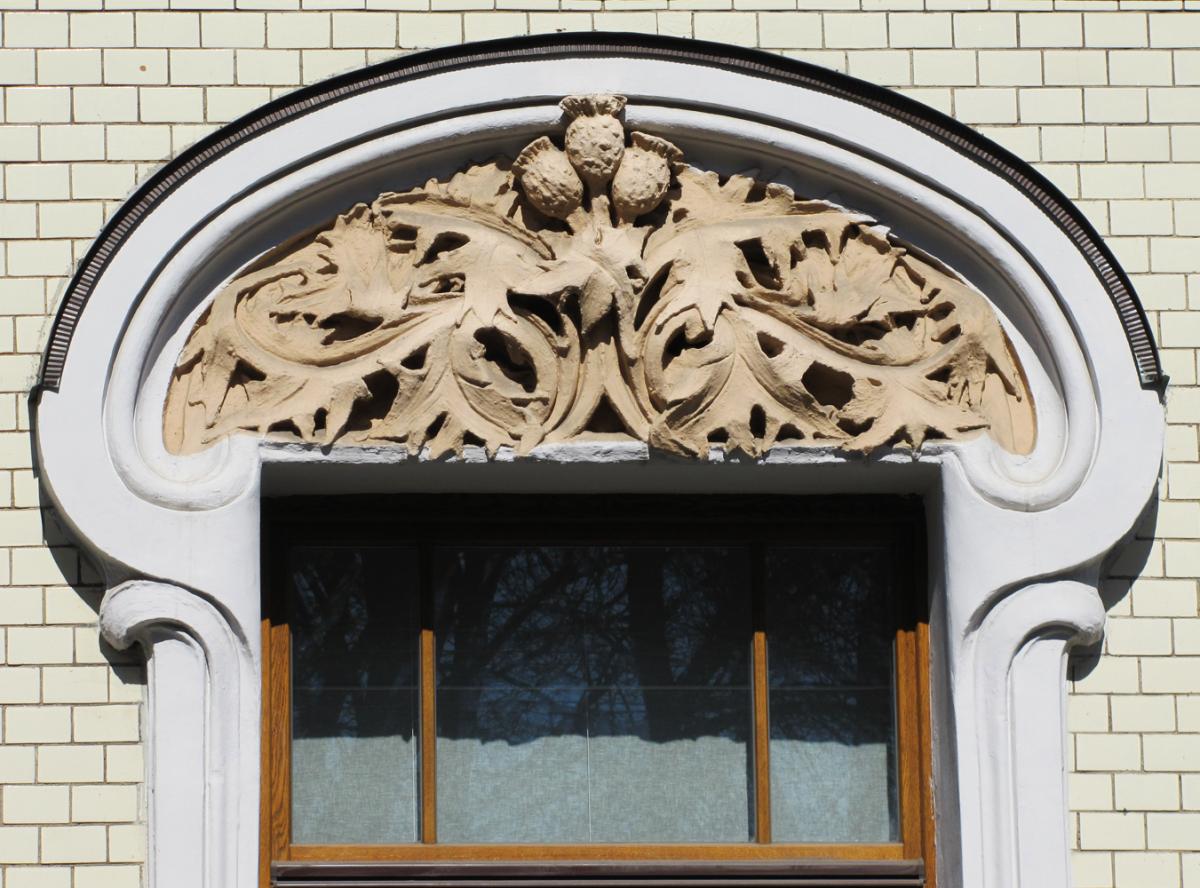
Materials from which architectural elements of the facade are made
Decorative elements of the facade are made from the most different materials, here we will consider the most popular options.
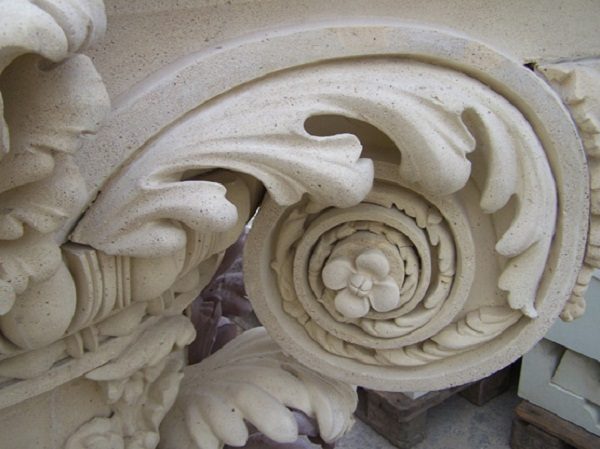
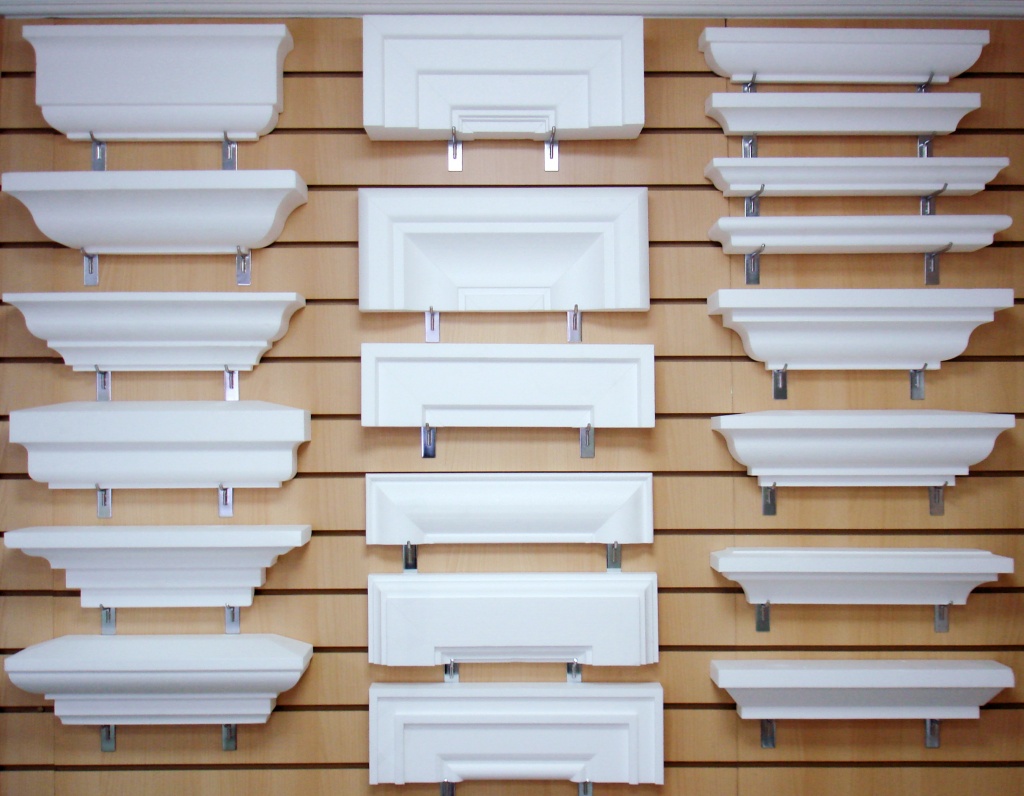
Video - Facade decor: step-by-step installation instructions
Installation of architectural façade elements made of polystyrene foam - step-by-step instructions
Let us consider step by step the process of installing architectural elements for the facade made of polystyrene foam.
List of tools
As an introduction, let's look at a list of tools that you may need to do this kind of work.
Table. Installation of architectural facade elements - list of tools.
| Tool name | What is it used for? |
|---|---|
| Applying an adhesive mixture to the wall or the back of a decorative element. |
| Working with putty or adhesive mixture on narrow areas decorative elements or on curved surfaces where special precision is required. |
| Applying putty or adhesive mixture to straight and large surfaces of decorative foam elements. |
| Preparing an adhesive mixture for polystyrene foam decor or mixing putty. |
| Preparation and storage of adhesive mixture and putty. |
| Control of the position of the decorative element vertically and horizontally. |
| Measuring distances. |
| Applying paint to decorative elements and preliminary priming of surfaces for their installation. |
| Cutting packaging or small foam parts. |
| Cutting and sawing foam plastic. If missing, replace it with a fine-tooth hacksaw. |
| For work at heights of more than 2 meters. |
Mountain romance, simplicity and elusive, special beauty lie in houses built in the chalet style. It’s not for nothing that they are called combined, because they are built simultaneously from wood and stone. Thanks to this, such buildings acquire unique properties. , the projects of which are quite diverse, have long attracted the attention of architects.
Installation of decorative elements on window openings
Start decorating your home with architectural elements from one of the most important parts of any facade - from window and door openings.
Step 1. Prepare the walls and openings themselves for decorating work - complete the construction of all structures, insulate the house and cover the thermal insulation layer with rough finishing. In this case, the cottage is covered with foam boards, which were then covered with reinforcing mesh and plaster.
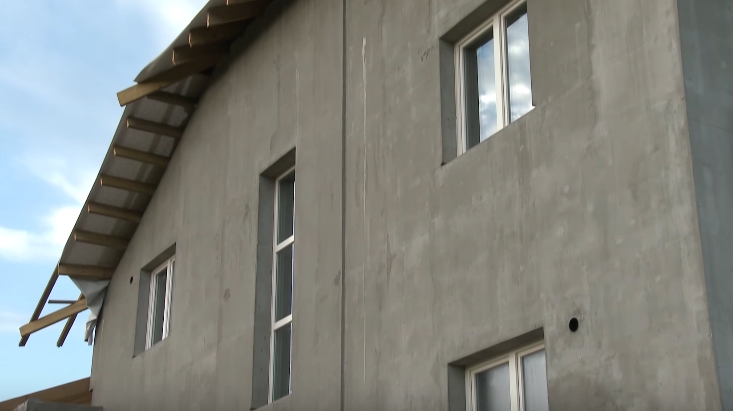
Step 2. All architectural elements of the house presented in this example will be fixed to the walls using a special adhesive composition. For better adhesion, first apply a primer to window openings and other parts of the building where the decor will be attached.
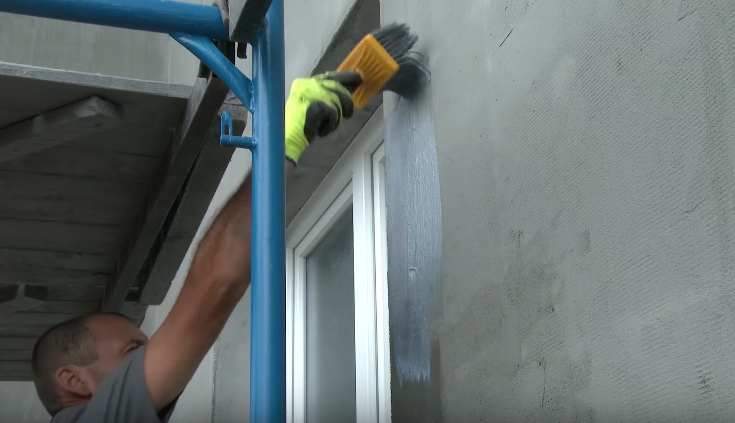
Step 3. Unpack decorative elements for window openings. Check their integrity and completeness. Cut the parts that will be fastened together at the corners of the window openings at an angle of 45°. At home, use a knife with a retractable blade or a hacksaw with fine teeth to do this. And in the image below you can see how a hot nichrome thread is used to perform this task - the best tool for cutting foam, allowing you to achieve a perfectly even cut.

Important! If you wish and have the appropriate tools, you can produce decorative elements for the facade yourself. To do this, assemble a machine for cutting foam plastic with nichrome thread and prepare metal templates that repeat in their shape the profiles of certain architectural details.

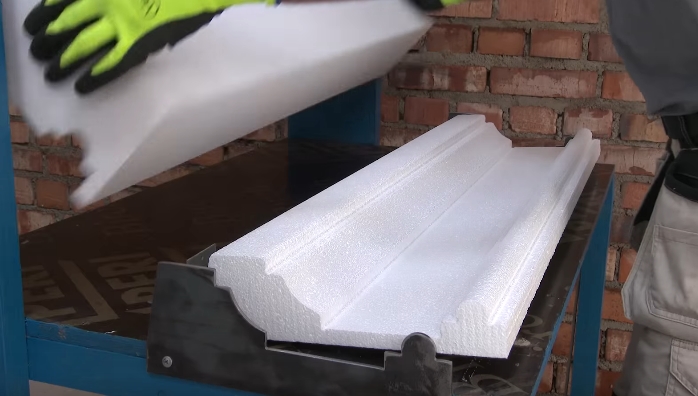
Step 4. Prepare an adhesive mixture for installing polystyrene foam parts.

Step 5. Apply a layer of glue on the surface near the window openings, where decorative elements made of polystyrene foam will subsequently be applied. Use a notched trowel to do this job.

Step 6. Apply a thin layer of adhesive mixture to the back of the foam decorative piece that you are currently going to install on the facade.
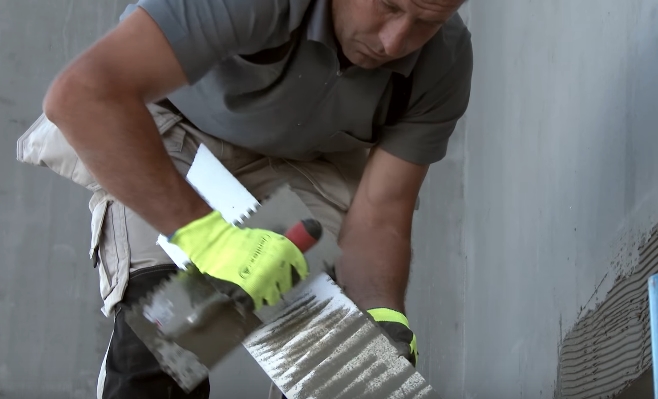
Step 7 Install decorative trims on window openings. As was already shown in the previous step, apply glue to the wall itself and the same, but in a thin layer, to the part itself. Then place it in the desired location and press firmly. Level the position manually or using a building level and move on to the rest of the decorative trim.
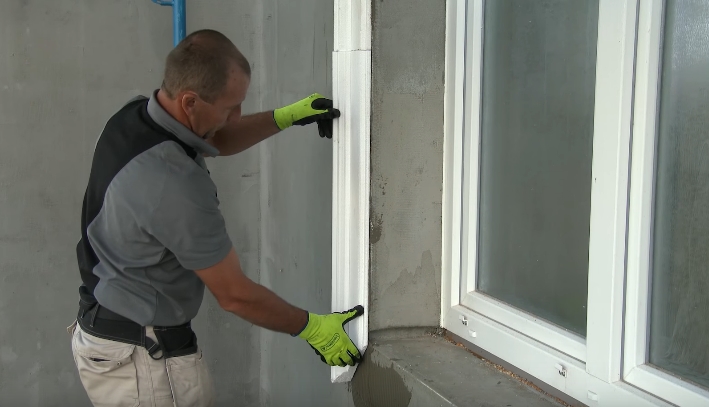
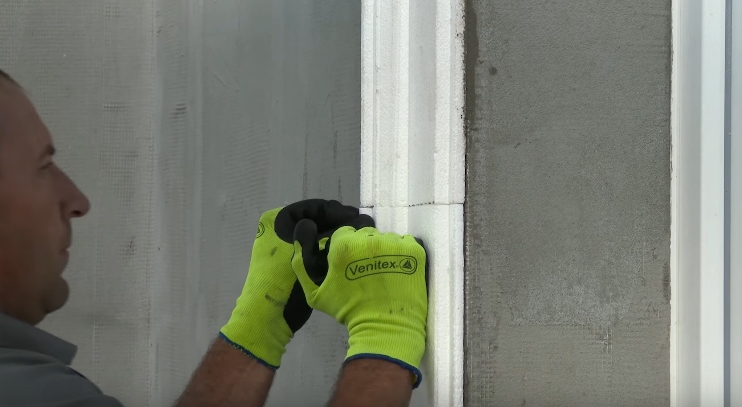
Step 8 Carry out similar actions with other decorative elements of the openings - window sill and cornice.

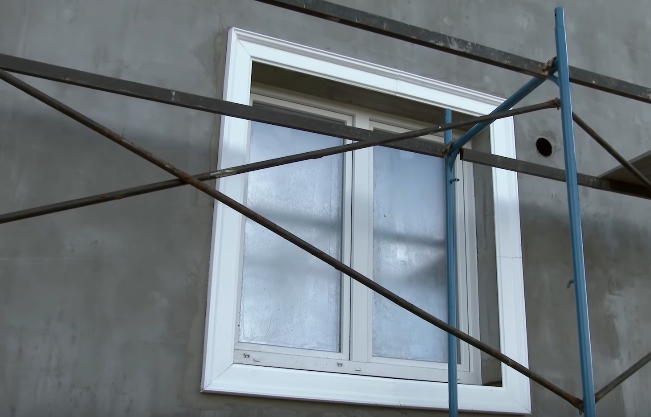
Step 9 Install decorative foam elements using an adhesive mixture on the balcony opening.

Step 10 Attach keystones and other particularly complex decorative elements for openings to pre-marked places. As a rule, they are installed after reinforcement and puttying of platbands, cornices and other similar parts.
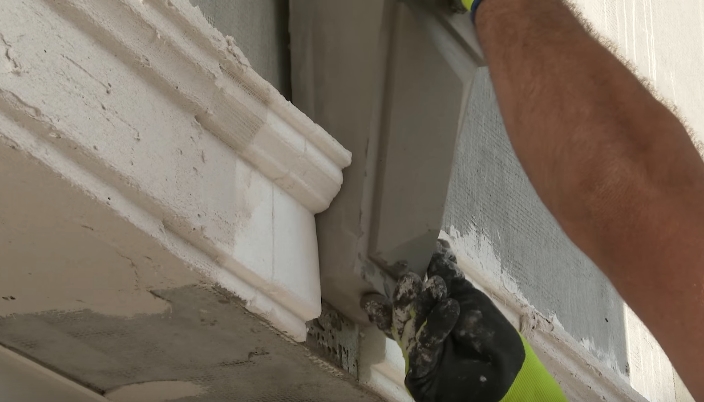
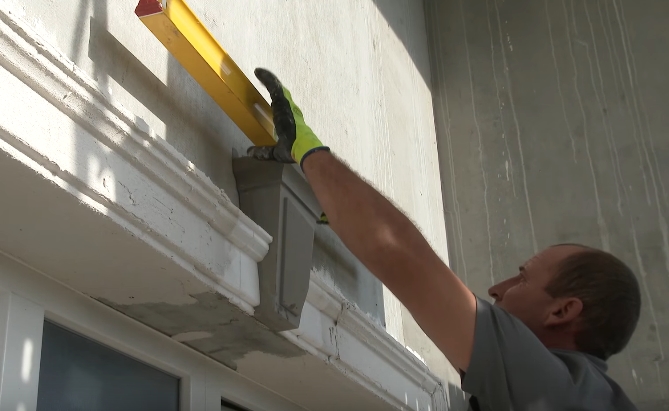
Installing decorative elements on walls and corners
Now let's move on to the wall decorative elements of the facade. In this case, interfloor molding and corner rustication are installed.
Step 1. Along the perimeter of the walls, measure a perfectly straight horizontal line at the transition between the first and second floors. Display it strictly according to the building level indications.
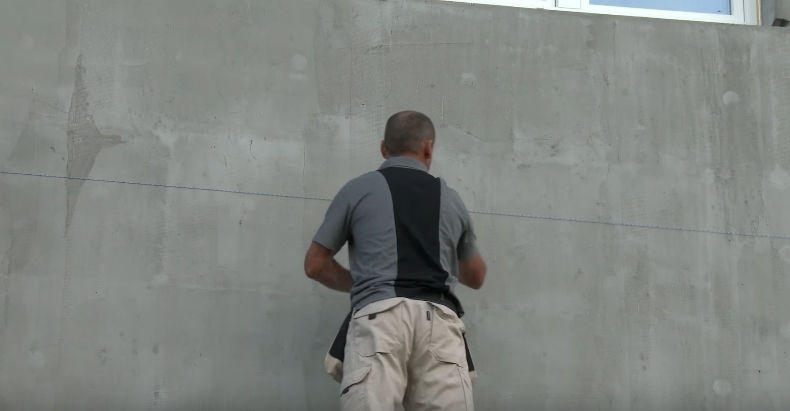
Step 2. Along the previously drawn line, apply a strip of adhesive mixture comparable in height to the decorative element being installed. Just like when working with window openings, use a notched spatula.

Step 3. Apply a thin layer of adhesive mixture to the back of one piece of the deck molding, and then glue that piece into place. Start this work from one of the corners of the building.

Step 4. Install this part of the interfloor molding on the other side of the corner. To join with the previous element, cut their edges at an angle of 45° in advance.
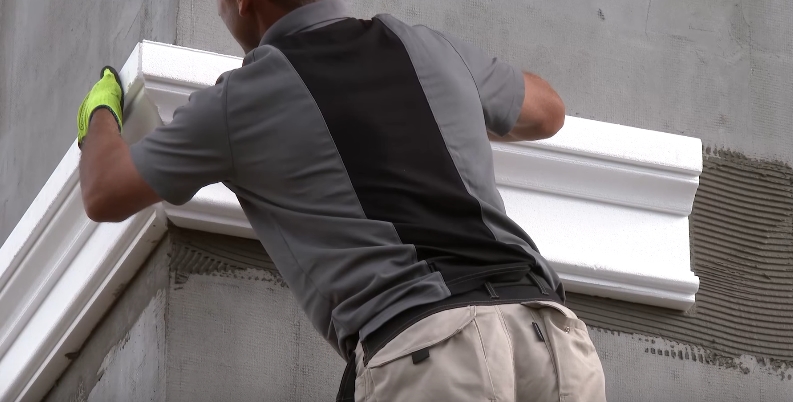
Step 5. Install the remaining parts of the interfloor molding. At the same time, tightly join them to each other and be sure to check that the horizontal position is consistent with the building level.
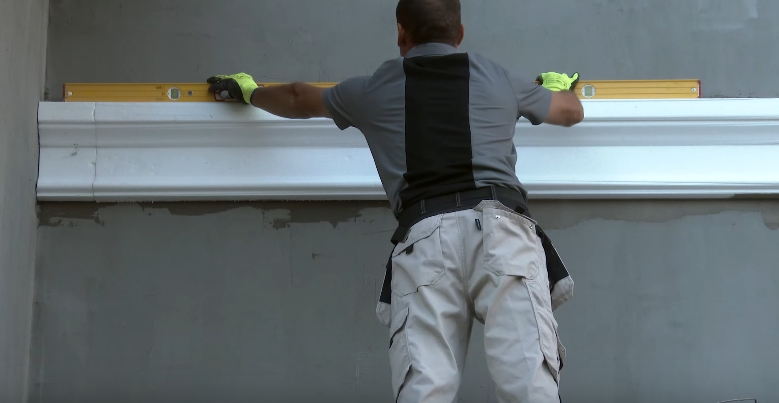
Important! If for some reason the gap between two adjacent foam elements becomes too large, treat the joint with a special adhesive mixture.
Step 6. Calculate in advance on paper at what heights relative to the ground the corner rustication elements will be located.
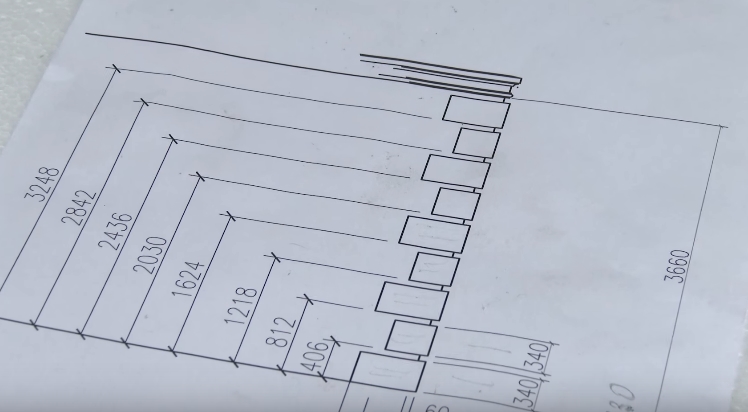
Step 7 Using a ruler and level, transfer the numbers from the plan to the corners themselves - make the necessary marks.
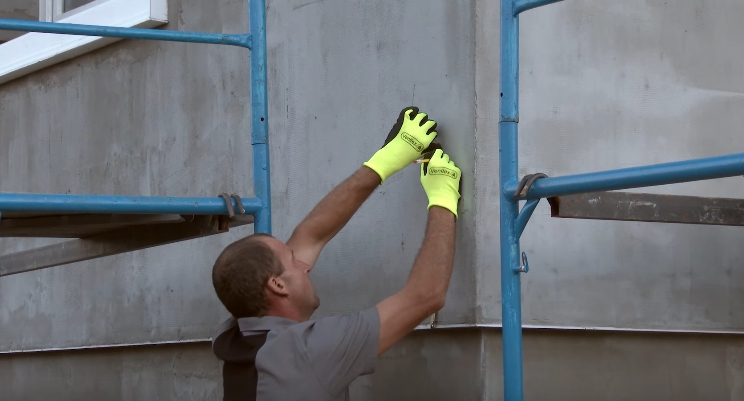
Step 8 In front of that part of the rustication that will be adjacent to the base, secure the reinforcing mesh - apply the adhesive mixture, sink the mesh into it and cover it with the same mixture on top.
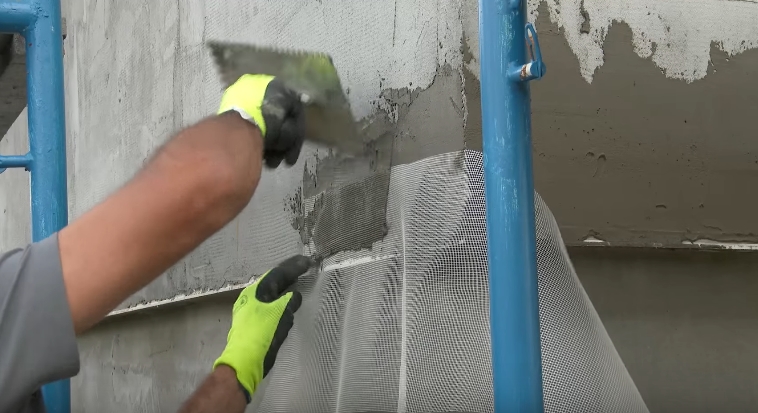
Step 9 Apply the adhesive mixture to the back side of one of the rustication elements and press it tightly to the installation site, guided by the pre-made marks.
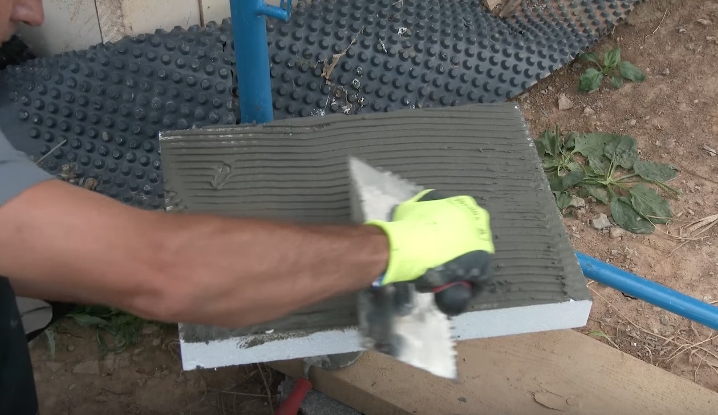

Step 10 Repeat the previous step and install all rustication elements. The same principles are used to install other decorative foam products on the façade of the house.

Reinforcement and finishing of architectural façade elements made of expanded polystyrene
The installation does not end with the architectural elements made of polystyrene foam for the facade - they must be protected with reinforcement and putty, and then finished with paint.
Step 1. Prepare a mixture to secure the reinforcing mesh to the façade decor.
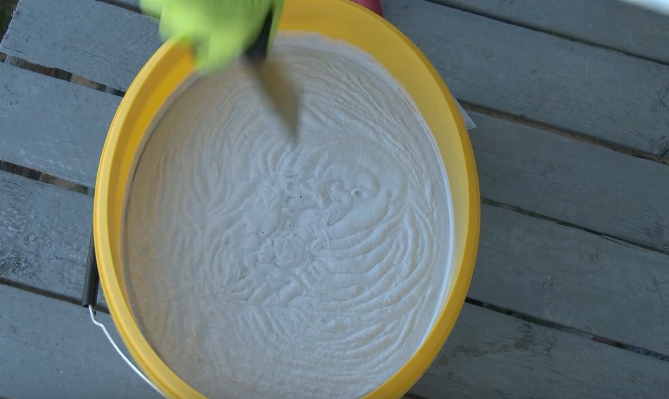
Step 2. Using spatulas different sizes Apply this mixture in a thin layer to all surfaces of decorative foam elements at corners, transitions between floors and window openings.

Step 3. Cut out pieces of reinforcing mesh of the required length/width and cover all the foam decorative elements with it. In this case, it is necessary to observe the overlap between adjacent segments. Lay the mesh so that its edges protrude beyond the elements themselves and press against the wall.
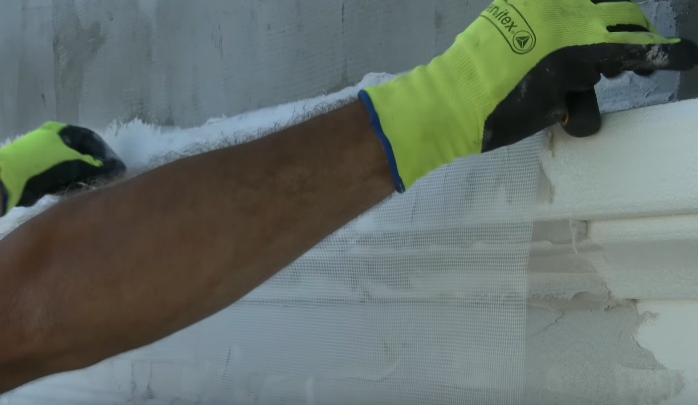
Step 4. Using spatulas, press the reinforcing mesh onto the foam parts so that the fabric completely follows the shape of the decorative elements.
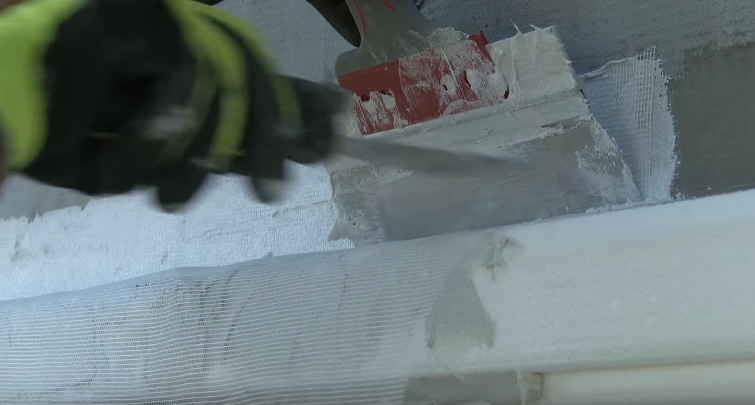
Step 5. Apply another layer of adhesive mixture on top of the mesh and smooth it all over with a spatula and brush.

Step 6. Use additional pieces of mesh to strengthen the corners between the trim and cornices (and window sill elements) at the openings.
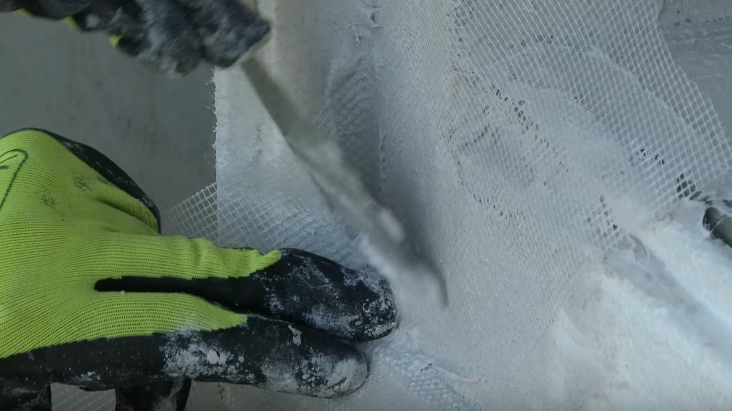
Step 7 Apply finishing putty to the surfaces of all decorative elements.
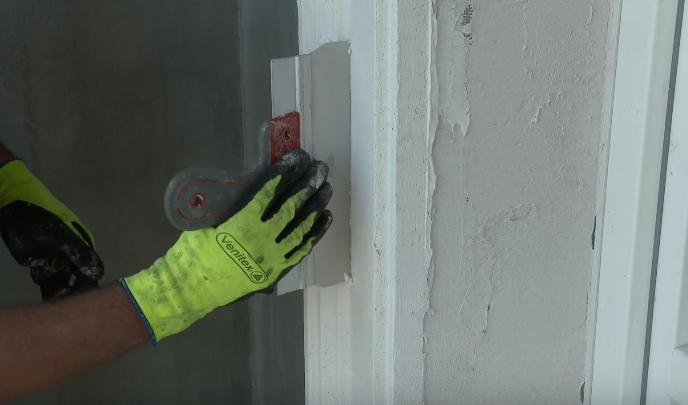
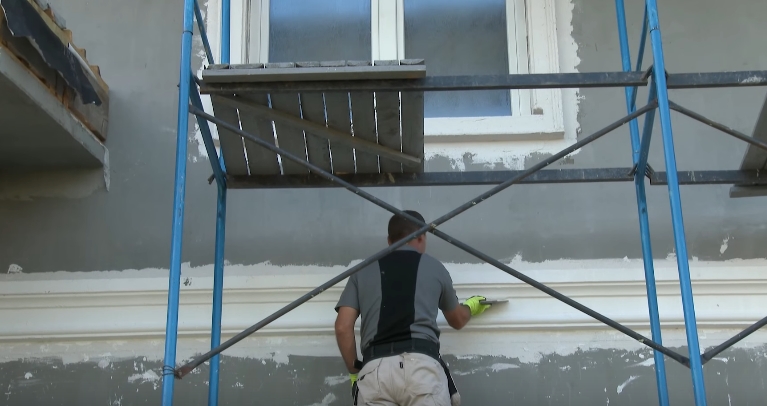
Step 8 Install window sills, securing them with self-tapping screws. Then seal the joints of this part with the decorative foam elements with sealant.
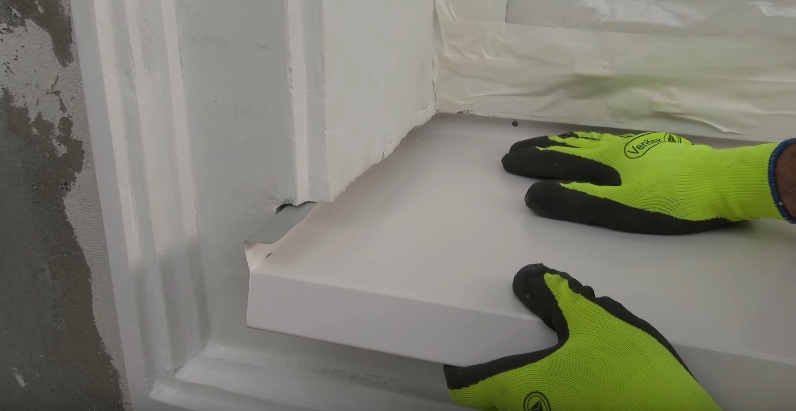
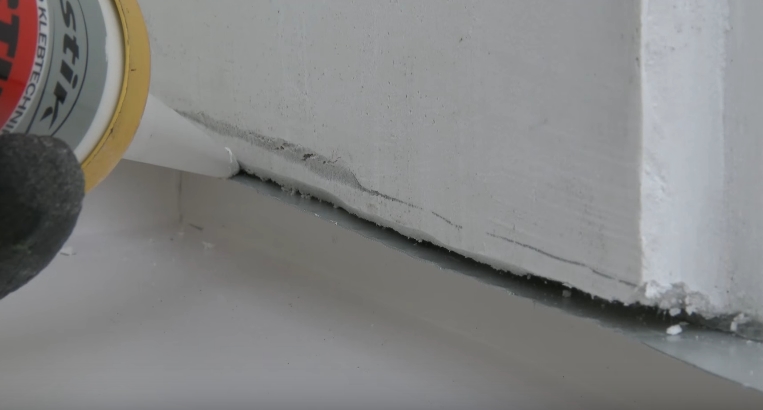
Step 9 Complete the finishing of the decorative elements of the facade - cover them with several layers of paint.
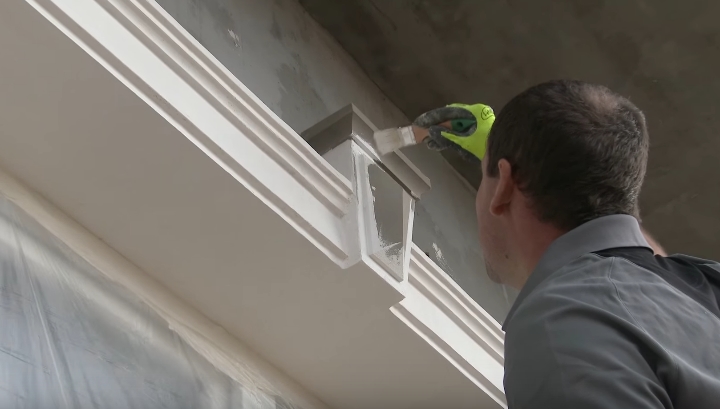
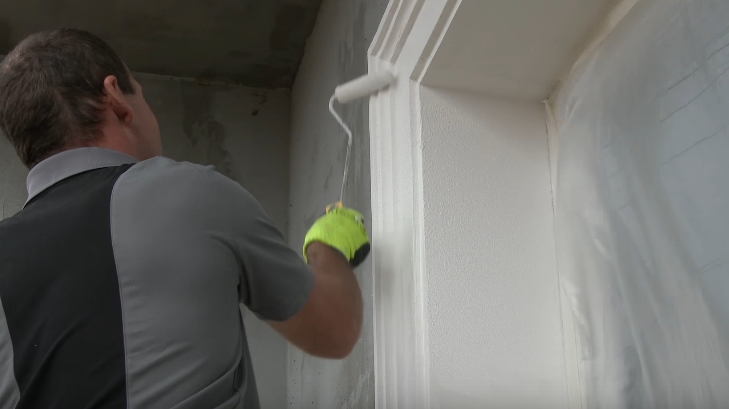
After completing all these operations, proceed to finishing the entire surface of the building façade with colored plaster.
The dictionary of the names of all façade elements used by architects contains several thousand terms. They created Gothic cathedrals, classical palaces, baroque churches with round halls and rococo noble houses. The facades and interior were richly decorated. List the ancient architectural elements of the facade, the names of which are collected from different countries and languages, impossible. Therefore, we will focus on the main ones used in modern construction and ways to emphasize them.
In Sydney, Australia, a festival of lights takes place every year for a week. Architectural lighting of building facades and simply garlands of multi-colored lights on columns and arches decorate the city every night. The Peninsula Opera House and the Harbor Bridge take on a new the new kind. A fantastic world is created on the facades with the help of spotlights. This tradition is already being adopted by some European cities.

Architectural artistic facade lighting usually emphasizes the horizontal lines of building facades
In the dark, lighting of streets, squares, and house perimeters is required. Architectural lighting of building facades solves this problem, simultaneously illuminating the external walls, emphasizing individual elements. With the help of directed rays, you can highlight attractive places on the facade and hide unattractive ones. Properly designed lighting will decorate any building.
Architectural spotlights differ from lanterns that illuminate streets and roads in the dark with directional beams. There may be one, two, or less often four. Lamps are located:
- on the walls;
- under the eaves;
- along the base;
- under the arches;
- on columns;
- on the lawn around the perimeter of the building.
The arrangement of lighting equipment and the direction of the rays are usually developed by designers. They highlight with light the most interesting elements in the architecture of the house. Nondescript places are hidden in the shadows. The appearance of the building is completely changing. Lighting and color scheme makes a standard industrial building mysterious.
Types of architectural lamps
For architectural lighting, special lamps are used that are economical and have a long service life:
- LED strips;
- spotlights;
- LED modules;
- Street lights;
- multi-beam basement and lawn floodlights;
- LED lights with changing color.
To create architectural lighting use Various types lamps. Spotlights highlight the main elements of the facade. LED strips emphasize the main lines, such as arches, cornices, moldings. LED modules highlight architectural planes that are important in the image of a building in a contrasting color: balconies, slabs, roof sectors.
Main elements illuminated on the facade

The beams of floodlights installed on lawns and poles are most often directed at the decorative elements of the facade:
- sockets;
- keystone;
- column capital;
- door tympanum;
- arch;
- panel and pattern - stucco;
- balcony and porch balustrade;
- figured cornice.
The names of the elements partially came from the architects' dictionary. Rosette means a molding in the shape of a circle, most often similar to a flower. Located above the entrance or balcony door. Less often under a roof overhang.
The pattern is free-form. The stucco molding represents a fragment of a pattern of plant origin, attached to free space walls, symmetrically to the axis of the facade. Often framed by a panel frame of arbitrary and rectangular shape.

The tympanum above the door is an oval arch representing a continuation of the doorway. Traditionally decorated with mosaics or stucco. A budget option represents window glass in a figured frame.
The table contains the main façade elements used in our time and their locations:
| Name of architectural element | Description | Main location on the façade |
| keystone | central conical stone above the window and doorway with a semicircular top | arched windows, doors, arches, semi-arches in the center at the top |
| molding | protruding stripe highlighted in color | walls along the line demarcating the basement and between floors, below the roof |
| cornice | shelf under windows or roof | decorative exterior window sill, molded projection below the roof line |
| tympanum | semicircular arch over a door or window, usually glazed or overlay, made of moldings | above the door and window, less often above semi-columns on the wall |
| capital | the upper expanded part of the column, decorated with stucco | on columns and half-columns under the ceiling |
| arch | an opening in a wall without a door or interconnected columns | entrance, transitions from rooms, between buildings |
| panel | the thin protrusion framing the pattern is highlighted in color | on the walls |
| balustrade | curly posts supporting railings | balcony, porch, terrace, staircase |
| bracket | curly supports for window sills and cornices | below windows, balconies |
| socket | flower molding, round, white plaster | above windows, entrances, arches and free space on walls |
The curved canopy over the porch looks like an arch. This could also be a transition between buildings with a semicircular arch. It is often made with protruding ribs and even decorates the squares of the depressions with rosettes. The house takes on a mysterious look when the arch with its stucco elements and simple moldings stands out with light. Additionally, stripes are used LED lamps, emphasizing the shape of the arch.
Entrance and elements of its decorations

The main entrance to the building has long been called the front entrance and was built accordingly. Its elements include:
- steps;
- porch;
- balustrade;
- columns and semi-columns;
- canopy;
- door and trim.
The porch can be limited to a small area in front of the door or extend into the terrace. A balustrade with railings borders the edge of the steps and porch and extends to the wall. At the same time, it protects people from falling. Previously, these were figured carved columns made of plaster and wood. Now they have been replaced with metal. The fence can also be glass with invisible thin posts. It all depends on architectural style Houses.
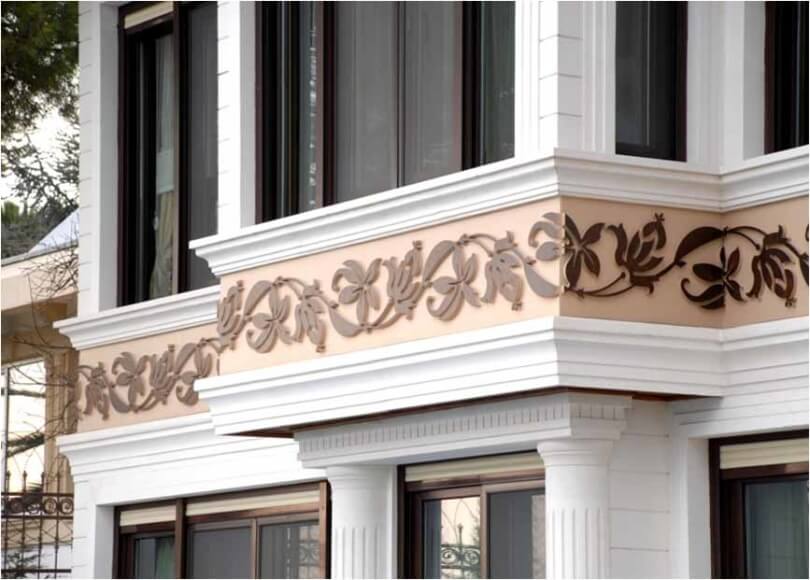
To create a luxurious look for the building, it is enough to illuminate the curved line of the white balustrade with spotlights. The steps and platform of the porch made of marble emphasize the refined taste of the owners and wealth.
The door, and even the garage door, are also architectural elements. They are inextricably linked with the image of the house and must correspond to the direction of the facade design. Door frames in classic style can be made in the form of semi-columns with luxurious pilasters - decorative decorations at the top. They haven't been carved out of stone for a long time. For finishing modern facade made from various materials, including polystyrene foam coated with putty paint.
Windows as part of the overall façade style
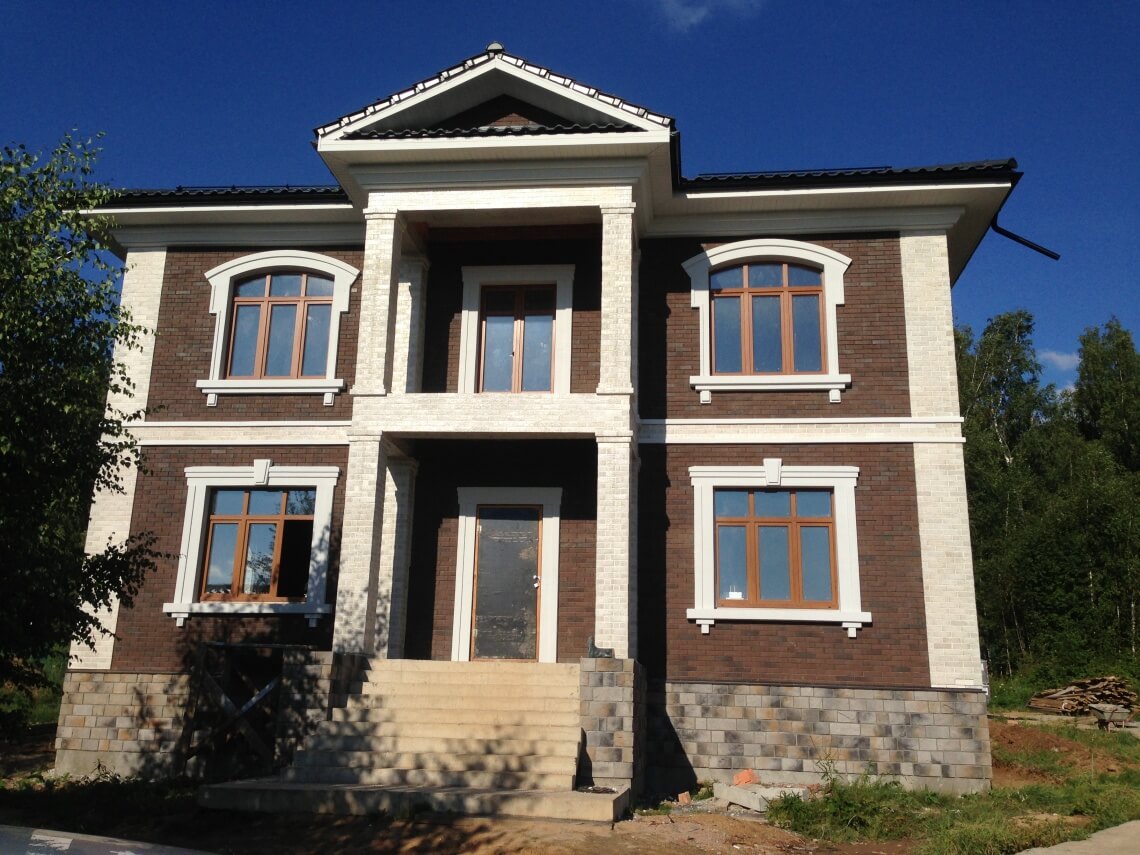
The windows are designed in the style of the house. To do this, use a number of elements around the opening:
- bracket;
- windowsill;
- platbands;
- figured top of the opening or tympanum;
- dividing the frame with narrow slats and moldings.
Bracket is the name of the decorative element on which the outer window sill rests. It can be in the form of two small fragments and a massive slab with several corner supports. For bay windows, it supports the frame of the opening. Serves as a support for vertical posts - platbands.
The upper part of the window ends with a cornice. Alternatively, it can be figured, in the form of a semi-arch. The glazed tympanum is created during the laying of the walls. Its semicircular top is crowned with a keystone. The design came from stone buildings with a vaulted ceiling. When not used metal beams for flat floors. They haven't been made yet. Door and window openings were shaped like arches. There was a conical stone in the center. He distributed the weight of the wall onto the studs. This is why it got its name. Over time, it began to be decorated with carvings. Nowadays you can buy an overlay keystone to decorate your house and decorate the façade with a traditional architectural element.
The main elements of the architecture are designed for daylight



